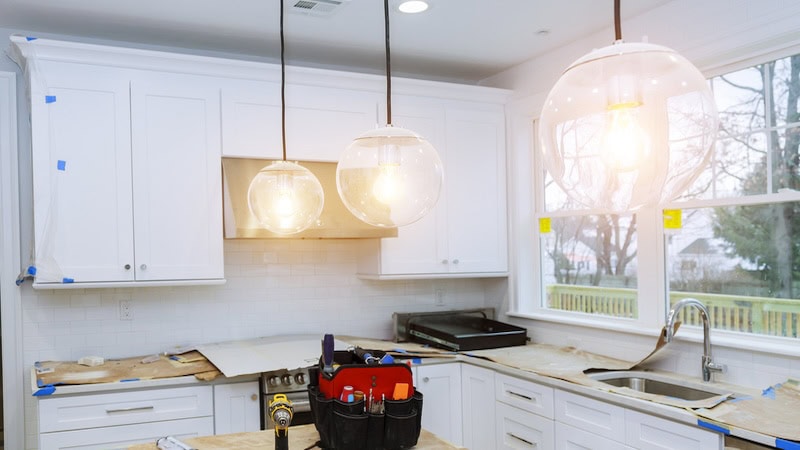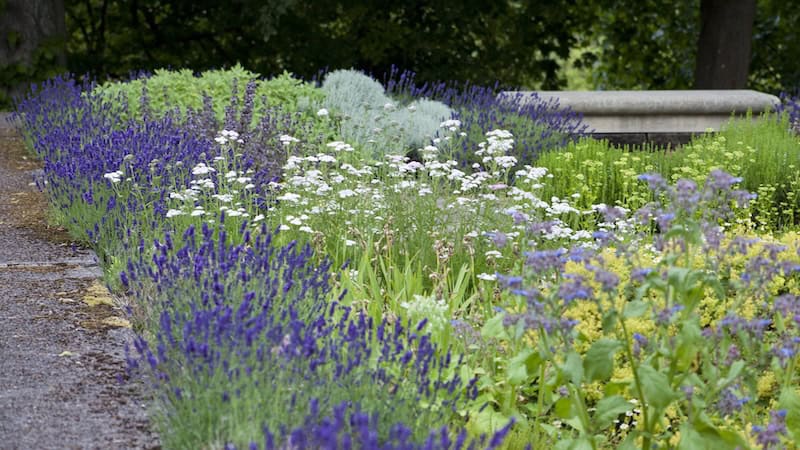Plan to Plant for Year-Round Color
BOOMER guides you on what you should plant this fall.
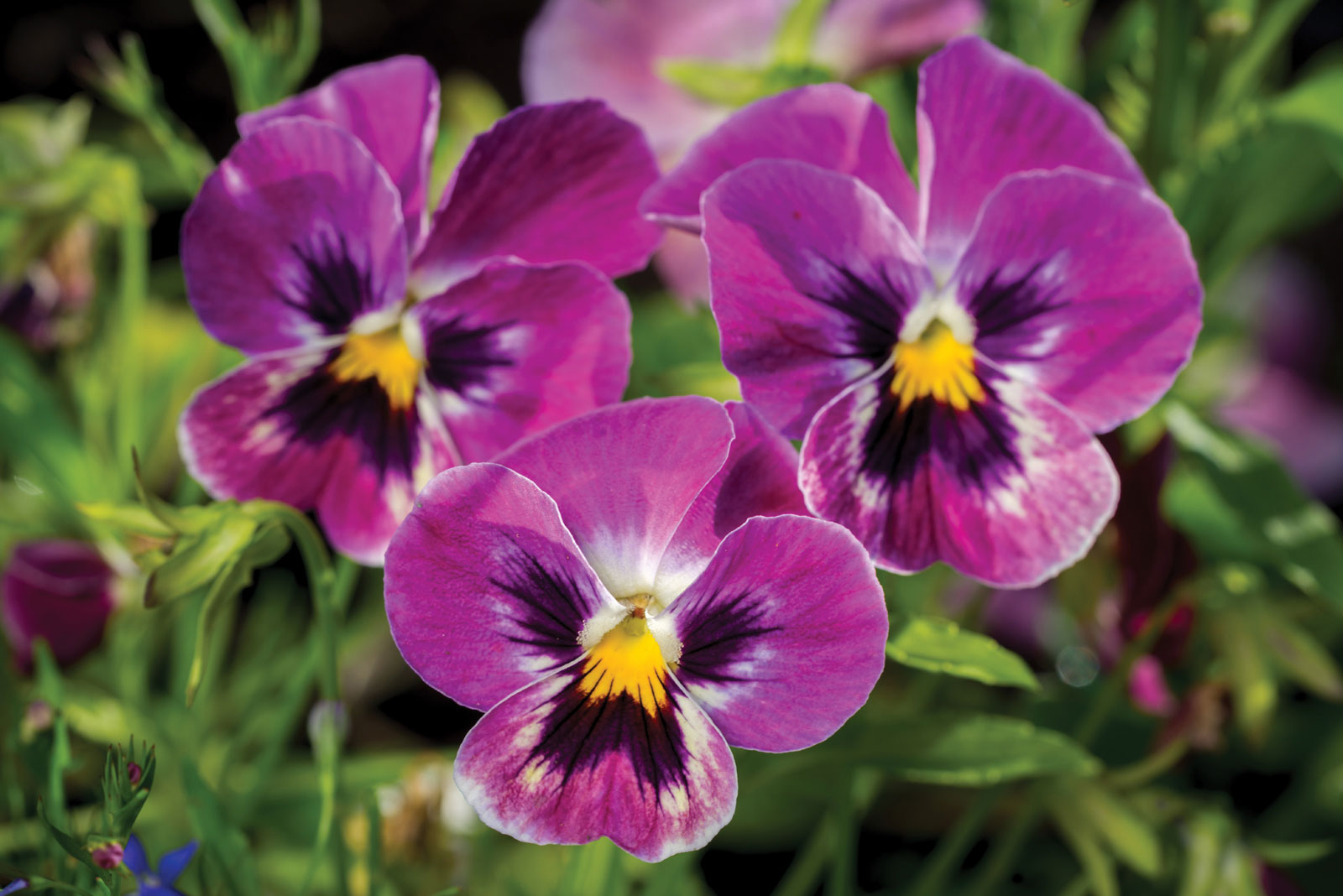
The vibrant, lush colors of flowering plants can make even a dull day bright and cheery, whether they are adding a layer of dimension to your yard or displayed prominently in a favored place in your home. And here’s the good news: you can enjoy vibrant color year round – even in the fall and winter.
“Most newly planted plants in our soils prefer cooler soil temperatures for their roots to grow, thrive and survive,” says Virginia Certified Horticulturist Doug Hensel of The Great Big Greenhouse & Meadows Farms Nurseries in Chesterfield. “We live in Zone 7 and you need to make sure your plants are good for this zone.”
POPULAR COLORFUL PLANTS
Fall is the start of pansy season. You can plant pansies in September or October that will stay green and bloom through winter and early spring. “They will give you color,” Hensel says. “Pansies are annuals, so you will have to plant them every year in the fall.”
Some people are transitioning away from pansies and planting viola. “Violas will get through the winter better than pansies,” says Jason McAuliffe, general manager of the nursery for
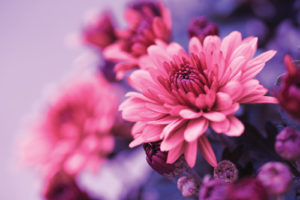 Cross Creek Nursery & Landscaping in Chesterfield. “They will flower through the harshest time of the season. Their flowers are smaller than pansies but there are more of them and they have the same colors as pansies.”
Cross Creek Nursery & Landscaping in Chesterfield. “They will flower through the harshest time of the season. Their flowers are smaller than pansies but there are more of them and they have the same colors as pansies.”
If you want something that will transition from summer to fall, try an osteospermum, which belongs to the daisy family. “They like the cooler weather,” McAuliffe says. “They will go through the summer but they will flower again and look lively in the fall.”
Other flowering plants include snapdragons and chrysanthemums. Planting mums, however, can be difficult because the perennials can be finicky when it comes to producing next year’s blooms. “They will die down in the winter and come back in the spring,” McAuliffe says. “You have to pinch them to make them bushy. Pinching the plant shortens the upward growth and the plant will grow laterally. You do your last pinch on July 4.”
When it comes to color, you want to try to “plant in masses rather than rows,” says Associate Extension Agent Ed Olsen of Virginia Cooperative Extension’s Henrico County office. “You will get a much bigger effect with a mass of plants.”
Fall is also the time to plant bulbs so their flowers pop up in the spring. Daffodils, hyacinths and crocus are some of the bulbs that people prefer planting. “These type of bulbs will provide beautiful color in late winter and early spring,” Hensel says. “When planting, you need the proper area and the proper depth.”
Tulips are popular bulbs, but for tulips to do well in our region, “they need to be planted deep, at least a foot down, so they can stay as cool as possible. They do not like our hot soils in the summer. If you don’t plant them deep, they will not perennialize,” Hensel says. “They are very hardy when they are planted properly. The beauty of bulbs is they will come back, growing and blooming for years.”
Some shrubs such as fall blooming camellias will also provide color during the fall season.
COLOR IN CONTAINERS
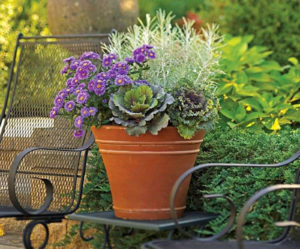 Container gardening, a growing gardening trend for the past five years or more, continues to gain popularity with homeowners. “The container industry has created beautiful containers in all sizes, shapes and colors,” Hensel says. “It allows a homeowner or renter to be creative on the porch or to landscape with unique colors. It adds another dimension to the landscape.”
Container gardening, a growing gardening trend for the past five years or more, continues to gain popularity with homeowners. “The container industry has created beautiful containers in all sizes, shapes and colors,” Hensel says. “It allows a homeowner or renter to be creative on the porch or to landscape with unique colors. It adds another dimension to the landscape.”
Olsen suggests using an evergreen as your anchor and then adding in seasonal color – flowers, vegetables or herbs – to the container. “You can also use plants with interesting characteristics like a red twig dogwood,” he says. “You’ll want to make sure you have a container that is at least 16 inches in diameter. The extra soil will help protect the plant root balls from freezing and thawing over the winter.”
EDIBLE GARDENS
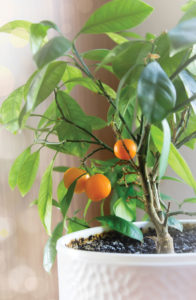 Fall is an excellent time to continue your vegetable gardening with cool season vegetables such as lettuce, spinach, peas, carrots, broccoli, collards and kale. Many people see great benefit in growing their own vegetables. “It’s been a huge trend over the past few years and it continues to be a strong trend,” Hensel says.
Fall is an excellent time to continue your vegetable gardening with cool season vegetables such as lettuce, spinach, peas, carrots, broccoli, collards and kale. Many people see great benefit in growing their own vegetables. “It’s been a huge trend over the past few years and it continues to be a strong trend,” Hensel says.
Another trend: planting vegetables with other yard plantings as part of the landscape. “That trend started about five to 10 years ago and it’s getting stronger every year,” says Hensel. “I personally do it myself. It adds color and texture. Also, you can plant small fruits such as blueberries and raspberries among other plants. Blueberries have a white flower in the spring, they create the blueberry and they have beautiful fall color.”
Raised garden beds, which are built up off of the ground and filled with garden soil, are perfect for smaller spaces. The beds, which can be any size, are surrounded by a structure that can be made from a variety of materials, including wood and brick.
“We have lots of time to continue to grow herbs and vegetables outdoors,” Hensel says, noting that the average first fall frost in our area is around Oct. 20. “You want to plant perennial herbs and not annual herbs. For example, basil is an annual. It doesn’t like cold temperatures. Rosemary, thyme, chives, oregano, sage – all hardy perennials you can grow year-round.”
You can grow herbs in the same location as your vegetables, but it’s important to know the space that each plant needs. “One of the top problems is people overplant an area and that leads to poor air circulation which can lead to disease and poor performance,” Hensel says. “When you decide you like a particular plant, you want to make sure you understand the growing conditions it requires and the dimensions it will grow to.”
To emphasize his point, he often compares plants to little puppies. “Plants are small and cute, but people don’t realize they are just young plants. In years they will grow to be tall and wide,” he says. “You need to plant accordingly, so they will grow and develop.”
DON’T FORGET THE INSIDE
You can always bring some of the outside in during the fall and winter months by adding indoor plants. They make your home more inviting and they help purify the air. “They are nicknamed the clean air machines,” Hensel says. “It’s very healthy to have houseplants.”
Like any plant, houseplants have different requirements. Some thrive in lower light areas while others need a bright, sunny window. Plants such as cactus, citrus plants and palm trees need high light. Peace lilies, rubber trees and ferns are happier in low light.
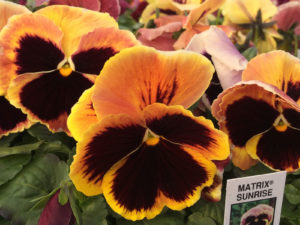 “You need to understand the plant and the proper care so you don’t stress the plant out,” Hensel says. “Sometimes it’s trial and error. Know the watering habits – what it likes. It’s all about learning and knowing the conditions that every plant requires.”
“You need to understand the plant and the proper care so you don’t stress the plant out,” Hensel says. “Sometimes it’s trial and error. Know the watering habits – what it likes. It’s all about learning and knowing the conditions that every plant requires.”
Overwatering houseplants is a common problem. “You want to check one-half inch below the surface to see if the soil really is dry,” says Olsen. “People tend to want to water their plants once a week and the plant doesn’t have a chance to dry out.”
Growing herbs and vegetables indoors can be challenging. “The biggest challenge is sunlight,” Hensel says. “It may require setting up supplemental lighting like a grow light.”
Plants that do well in the house include citrus such as orange or Meyer lemon. Succulents
such as Christmas cactus, hens-and-chicks and jade plants are more fun plants. “They are easy and they come in all shapes and sizes,” McAuliffe says. “Mother-in-law’s tongue, also known as a snake plant, is as tough as nails. Fiddle-leaf figs are another easy plant to take care of. A lot of people are looking for them.”
Everything you plant inside or out will help keep color in your life and also connect you with nature. “It’s therapeutic to have plants to care for and to watch them thrive and do well,” says Hensel.
